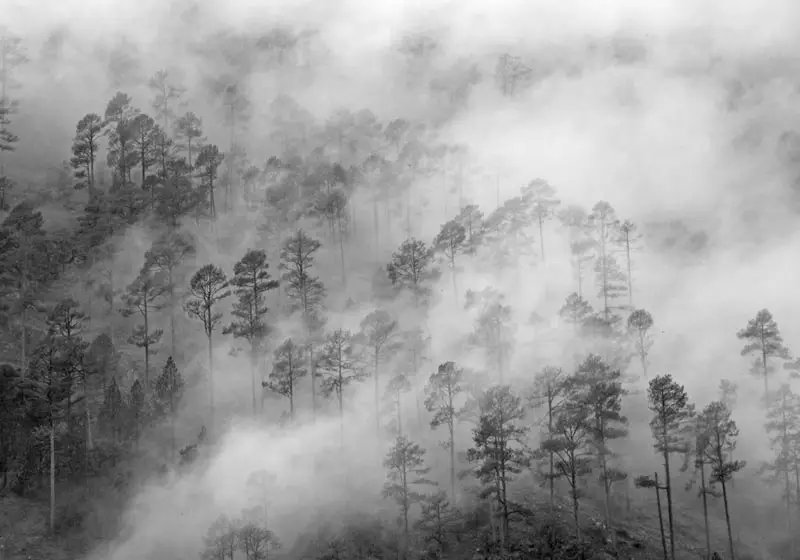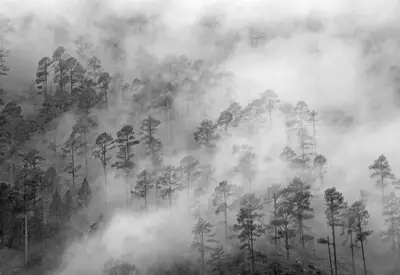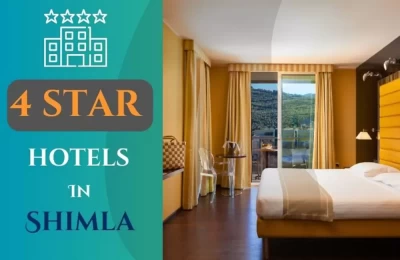Himachal State Museum, Shimla in Shimla
History of Himachal State Museum
Dating its set of experiences back to the colonial times, the Himachal State Museum was once the home of Lord William Beresford, who was the Military Secretary of Lord William Bentick. At the point when he left the country, the complex was occupied by Sir Edwin Colon, and afterward, it was inherited by the finance member of the council, Sir Edward Law. Afterward, after numerous long stretches of autonomy, the mansion turned into the house of a few Indian government authorities.
On January 26th, 1974, the house was finally converted into a museum with the sole aim of preserving historical and archeological artifacts. Since then, the museum collects a wide range of heritage paintings, coins, photographs, and sculptures which in any case would have been wiped out.
Architecture of Himachal State Museum
Built-in a unique Victorian-era style with sprawling lawns all around the area, the Himachal State Museum is separated into 5 primary galleries which are sorted as Pre-Historic Gallery, Wood-Carving Gallery, Wall Painting Gallery, Archeology Gallery, and Numismatic Gallery. Different types of galleries incorporate Himachal Archeological Gallery, Photographs Gallery, Bronze Gallery and some more.
The most striking component of the museum is its assortment of archeological antiquities that incorporates stone images from the eighth century. In the painting section, you'll get to see the way of life and culture of people living in the Himalayas. Also, there are Rajasthani Painting, Mughal Paintings, Contemporary Paintings, and Religious Paintings. It has a different room for Mahatma Gandhi and furthermore houses a library that stocks in excess of 9,000 books, journals, and magazines on history and archeology. Likewise, the museum also shows a layout of Himachali dolls, which are admired by sightseers of all ages.










